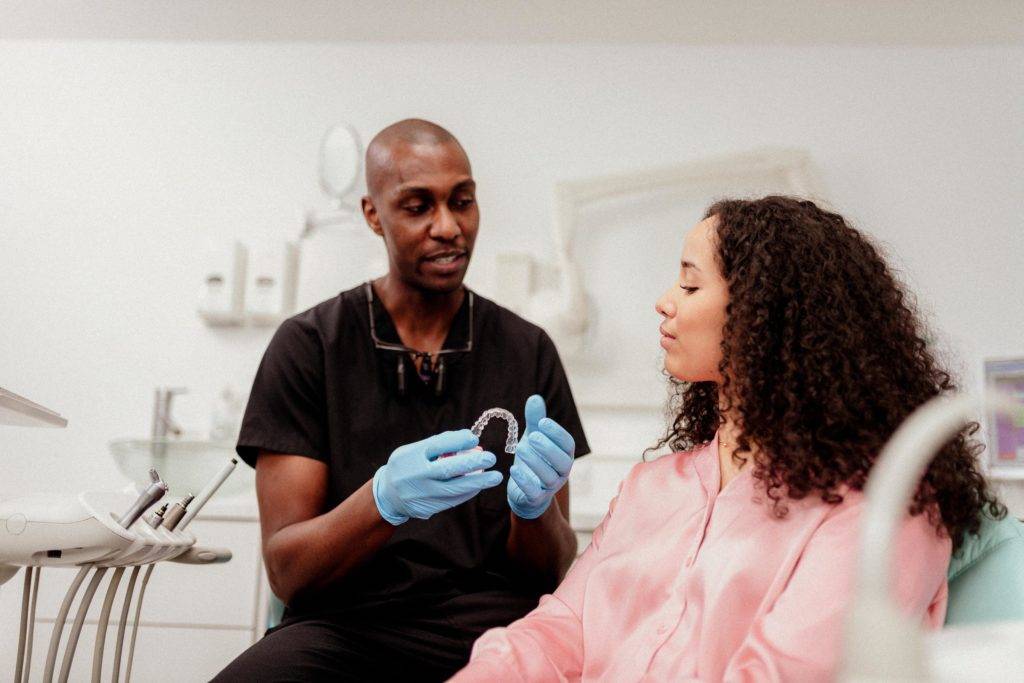Clear aligners have significantly transformed the landscape of orthodontics, offering a modern, aesthetic, and comfortable alternative to traditional braces. However, achieving optimal results with aligner therapy goes far beyond handing over a set of trays.
The real success lies in detailed and strategic treatment planning, rooted in a deep understanding of biomechanics, case selection, and patient behavior.
It all begins with a comprehensive diagnostic process. High-quality intraoral scans, photographs, and radiographs are essential for evaluating both hard and soft tissues.
A thorough periodontal assessment ensures that the patient’s foundation is healthy enough to support orthodontic movement. Diagnosing the skeletal and dental relationships accurately helps clinicians avoid missteps later in treatment and tailor plans to the patient’s specific needs.
Case selection is also a critical factor in ensuring predictable outcomes. While clear aligners have evolved to manage increasingly complex cases, they are still most effective in treating mild to moderate malocclusions, especially those involving crowding, spacing, and minor bite discrepancies.
More complex skeletal issues may require hybrid treatment approaches or consultation with an orthodontic specialist. Early in your aligner practice, choosing straightforward cases can help build confidence and competence.
Once a suitable case is selected, the digital treatment planning software becomes your most powerful ally. Systems like Invisalign’s ClinCheck or ClearCorrect’s ClearPilot provide 3D simulations of tooth movement, allowing you to plan each step with precision.
However, relying on auto-generated plans is not enough. It’s essential to carefully assess each stage of movement, identify biomechanical challenges, and adjust sequencing to avoid inefficient or biologically unsafe movements. The software is a guide, not a substitute for clinical judgment.
Attachments play a major role in controlling movement. These small but powerful additions can enhance the effectiveness of your aligners by improving grip and facilitating complex shifts such as torque, rotation, or extrusion.
Every attachment should be placed intentionally and aligned with the desired force direction. Overlooking the strategic use of attachments often leads to poor tracking and prolonged treatment.
Interproximal reduction (IPR) is another valuable tool in your planning arsenal. It’s not just about creating space—it’s about guiding alignment while preserving aesthetics and preventing the formation of black triangles.
When done thoughtfully and at the right stages, IPR can improve overall tracking and treatment efficiency. As with all other parts of the plan, it should be carefully scheduled and clearly documented.
Patient compliance is perhaps the most unpredictable variable in clear aligner therapy. Even the most meticulously planned cases can derail if the patient doesn’t wear the aligners as prescribed.
During the consultation, it’s crucial to set clear expectations, explain the importance of full-time wear, and offer tools or technology that encourage accountability.
Some systems offer wear indicators or remote monitoring options to help clinicians track progress and intervene early when issues arise.
Even with ideal planning, refinements are often part of the process. Anticipating this and building in minor overcorrections for difficult movements can save time and increase success rates.
Regular progress checks, whether in-person or through remote monitoring platforms, allow you to catch any misalignments early and adjust the course accordingly before significant deviation occurs.
Lastly, the treatment plan must extend beyond the final tray. Long-term retention strategies are essential to preserve the results achieved through months of careful planning and patient cooperation.
Whether fixed or removable retainers are chosen, patients must understand their role in maintaining their new smile, and your team must be prepared to support them through the retention phase just as attentively as during active treatment.
In today’s orthodontic world, clear aligners are more than a trend—they’re a tool that, when used with clinical skill and thoughtful planning, can produce outstanding results.
Predictability is not a product of chance or technology alone. It’s the outcome of a well-trained eye, an informed strategy, and a commitment to excellence throughout the entire treatment process.


